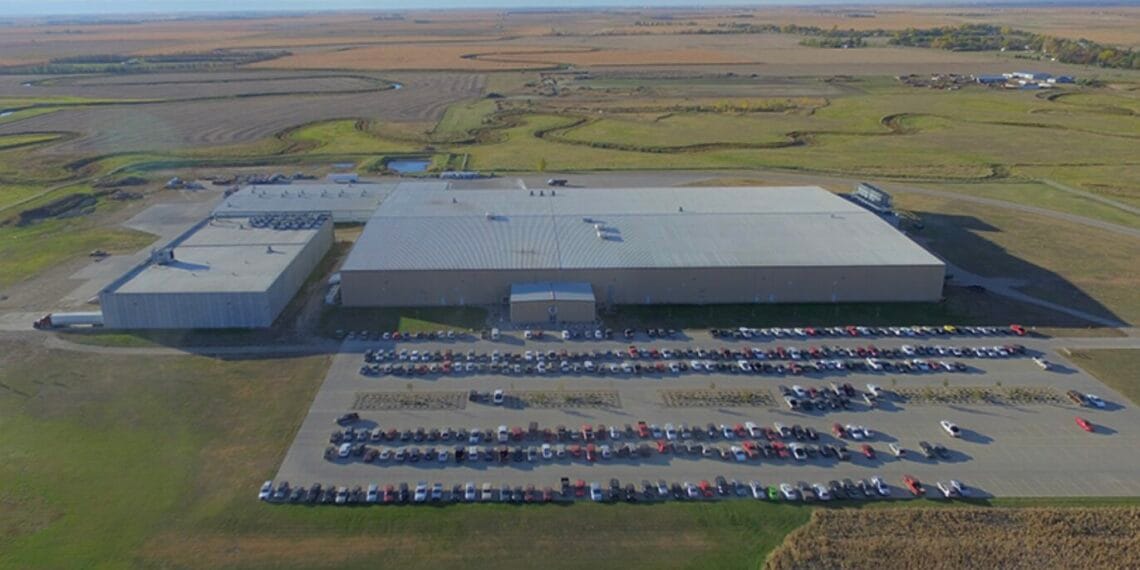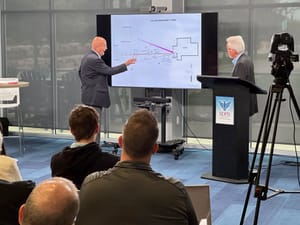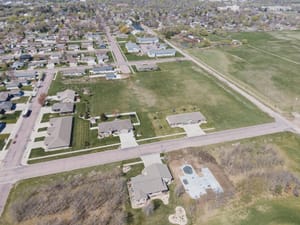PIERRE, S.D. – Every year, the South Dakota Department of Revenue publishes an annual report showing all active tax increment financing (TIF) districts in the state. In 2024, there were 264 active TIFs in South Dakota, up from 199 in 2020.
When a TIF district is established, taxes based on the property valuation in the district continue to go to cities, schools and counties as normal. The projects that the TIF pays for increase the property values in the district. Any taxes resulting from that increased valuation over the life of the TIF go to pay for the project.
After the project is paid for – or 20 years, which ever comes first – the TIF is dissolved and all taxes in the district, including any taxes from the increment value, goes to cities, schools and counties.
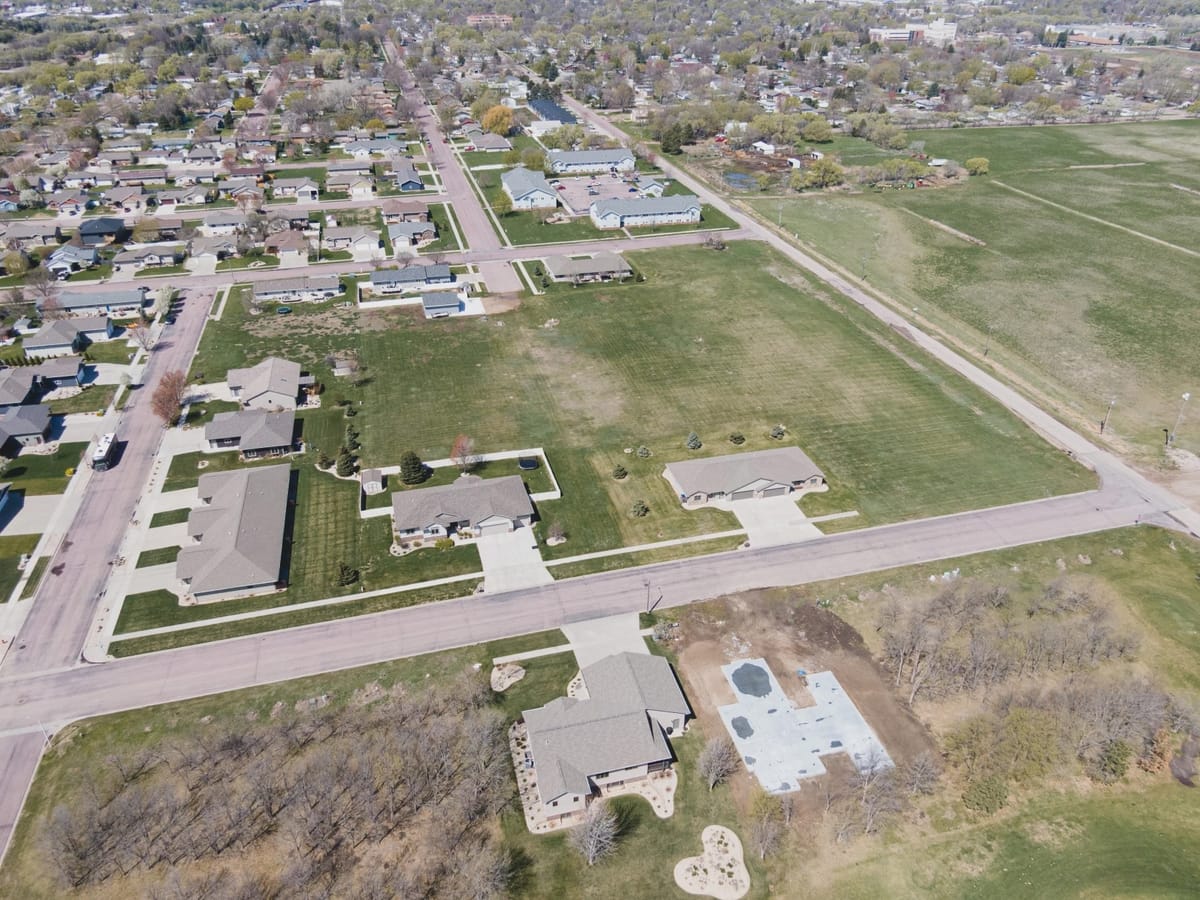
The following are some examples of projects in the state that were funded with TIFs. These are selected from the 10 counties with the highest number of active TIFs in 2024. Figures for the base valuation and the 2024 valuation show the current increment value that is paying for the project.
Brookings County
In 2014, the City of Brookings approved an economic TIF that paid for infrastructure improvements for a project of more than 300 acres. The project, according to Brookings community development director Mike Struck, resulted in approximately 300 multifamily housing units and is home to about 10 new businesses. The infrastructure improvements that were part of the project also benefit a fire station and elementary school.
When the TIF was created, the total assessed property value in the district was just under $8 million. Today, it’s more than $133 million, for an increment of nearly $125.6 million.
Brown County
In 2006, Brown County created an industrial TIF district for a beef packing plant in Aberdeen, which is today operating as DemKota Ranch Beef.
The project went bankrupt in 2013, and 35 Chinese investors lost their $18.55 million investment in the plant, according to the Rapid City Journal. The investors sued state agencies over the loss, and the South Dakota Supreme Court dismissed an appeal of a lower court’s decision, which ruled that state agencies running a federal investment program that brought in the investors did not waive sovereign immunity, South Dakota Public Broadcasting reported.
More recently, the Aberdeen Insider reported, Brown County residents were complaining about the odors emanating from the facility, which was the result of a mechanical failure.
At the time it was created, the total assessed value of property in the district was $60,619. Last year, it had increased to nearly $60.8 million, for a total increment of $60.7 million.
Codington County
In 2004, the City of Watertown approved an economic TIF district to fund the Mallard Pointe Industrial Park. In December, the TIF came to the end of its 20-year life and was dissolved. The city used a loan to cover the cost of construction, and when the TIF was dissolved, the city still had a loan balance of $1.5 million. The city wrote off the balance at the end of 2024.
In 2019, the city created another TIF to build another industrial park near the existing Mallard Pointe Business Park. According to the Watertown Development Co., a nonprofit economic development corporation serving the City of Watertown, the project improved the area for existing tenants and expanded it for future tenants.
The assessed property value in the 2019 district was $118,709 when it was created. Last year, it was nearly $22.8 million, for a total increment of $22.7 million.
Davison County
In 2022, the City of Mitchell approved an affordable housing TIF to redevelop the Ramada Hotel and Conference Center into a 90-unit apartment complex called Flats on Havens. The hotel was built in 1968 and had many owners over its life, according to the Mitchell Republic. It had closed in January 2022. Today, the complex offers luxury apartments that include movie rooms, a community lounge and fitness center.
In 2022, the property valuation in the district was just over $2 million. It had increased to nearly $2.4 million last year, for a total increment of $293,762.
Lawrence County
In 2006, the City of Spearfish created an economic TIF district to build a new golf course, streets, water and sewer systems. The goal of the project was to create recreation, new housing, a convenience market and gas station. The city transferred ownership of the golf course in 2013, according to the Black Hills Pioneer, and this released the city from any financial obligations to operate the course.
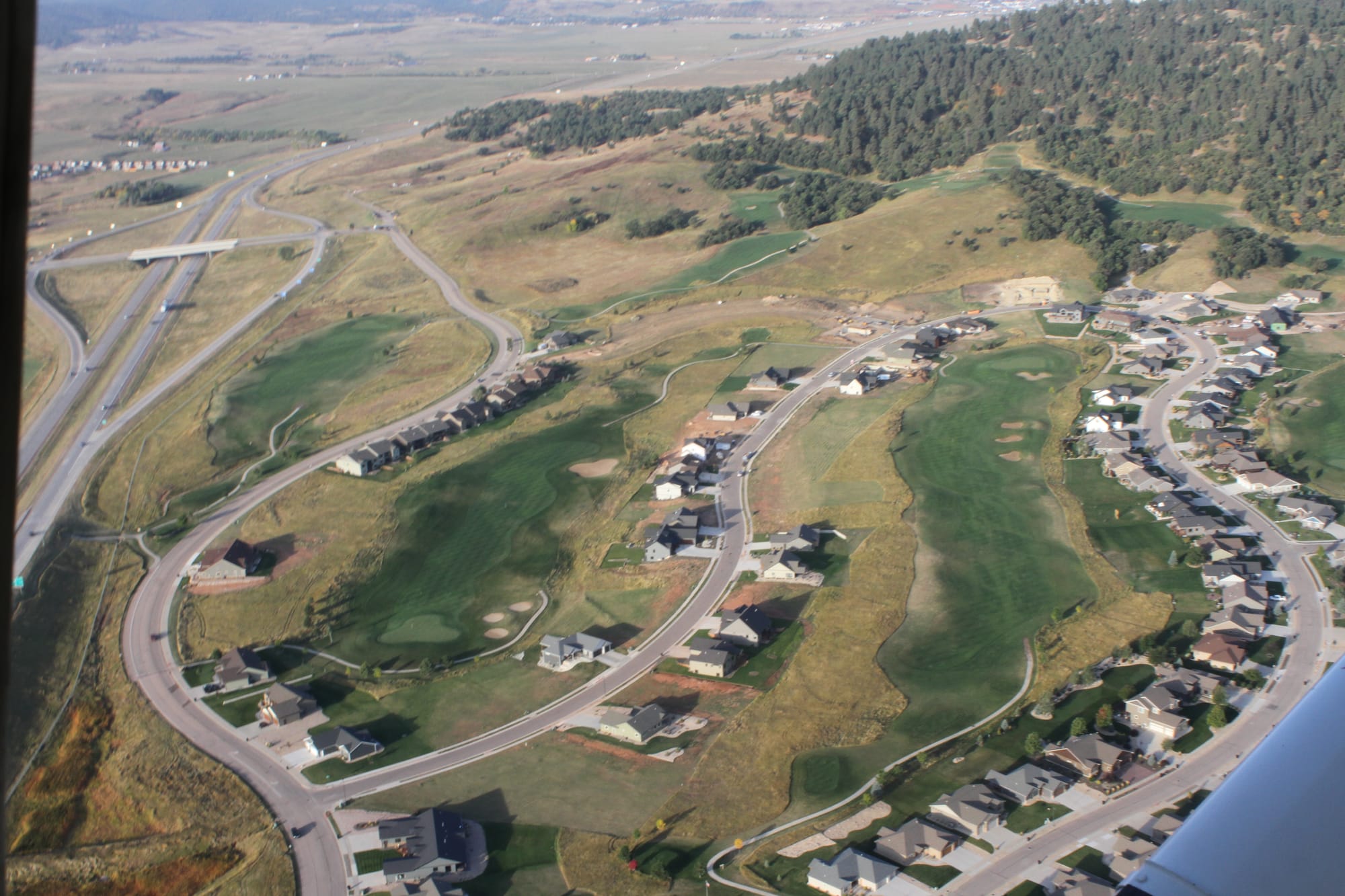
At the time of its creation, the total property valuation in the district was $211,233. Last year, it had grown to nearly $84.8 million, for a total increment of $84.6 million.
Lincoln County
The City of Harrisburg created an economic TIF district in 2018 designed to make infrastructure improvements to support workforce housing. The project was estimated to create 100 jobs. At the time it was created, the total property valuation in the district was $410,398. In 2024, that had increased to $75.5 million, for a total increment of $75.1 million
Meade County
In 2020, the City of Sturgis approved an economic TIF to build a 50-unit independent and assisted living center. The project included road reconstruction and stormwater improvements. While the City Council approved the TIF in 2020, the COVID pandemic delayed the project. Ventilation and several rooms were redesigned in response to the disease, and material costs increased. The city council amended the resolution authorizing the district in 2021, to reflect the changes.
Support solutions-focused storytelling.
Help South Dakota News Watch tell stories that identify and share solutions to the state's biggest challenges.
At the time it was created originally in 2020, the total property valuation in the district was a little more than $5 million. Last year, it was nearly $7.7 million, for an increment value of $2.8 million.
Minnehaha County
In 2020, the City of Sioux Falls created an economic TIF district for an 800-acre industrial development park, which is owned by the Sioux Falls Development Corp. — now the Sioux Falls Development Foundation. The project costs were estimated to be $94 million, which included water, street, gas and power line improvements.
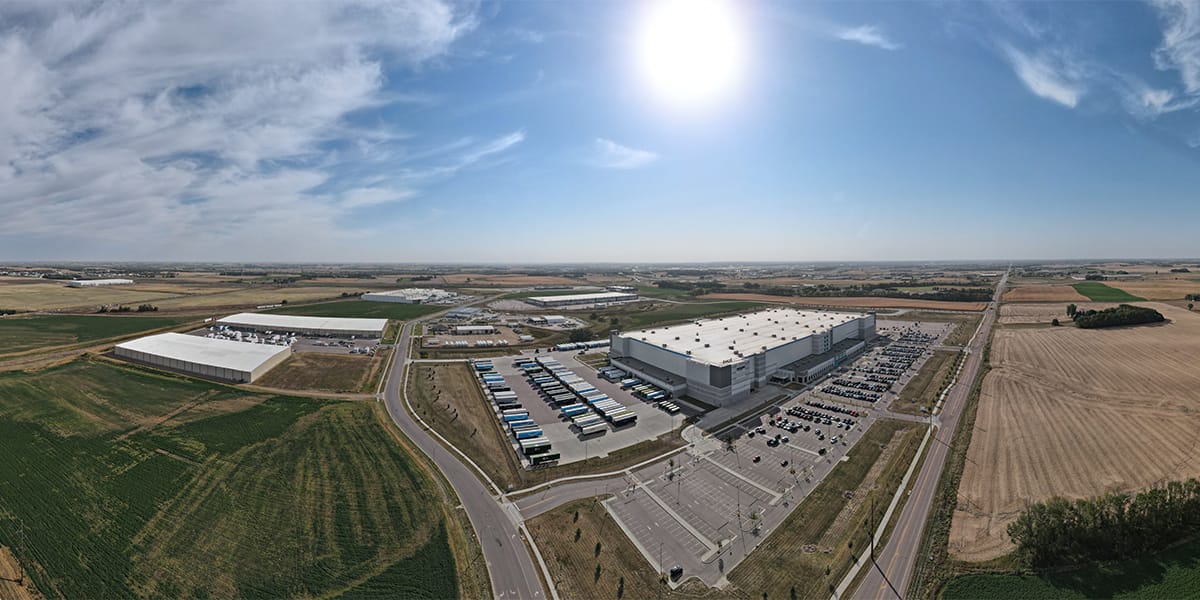
At the time of the TIF’s creation, the total property valuation in the district was $3.3 million. As of 2024, it had grown to $160.2 million, for a total increment value of $156.9 million.
Pennington County
Rapid City created an economic TIF district in 2021 for the purposes of assisting in the development of a commercial and residential property. The increment, according to city records, would fund critical water distribution improvements, road improvements, and the relocation of a power line and private utilities.
At the time the district was created, the total property valuation was nearly $33 million. Last year, it had increased to $210.3 million, for a total increment value of $177.3 million.
Yankton County
In 2015, Yankton County created an economic TIF district to fund a $7.7 million rail industrial park in Utica Township northeast of Yankton. The park has specialized grain-handling facilities. The increment funded payments on a loan that paid for road improvements needed to accommodate truck traffic, and electrical and water infrastructure.
The total property valuation in 2015 was nearly $4 million and was nearly $36 million last year, bringing the total increment value to just under $32 million.
This story was produced by South Dakota News Watch, an independent, nonprofit organization. Read more stories and donate at sdnewswatch.org and sign up for an email to get stories when they're published. Contact statehouse investigative reporter Kevin Killough at kevin.killough@sdnewswatch.org.

